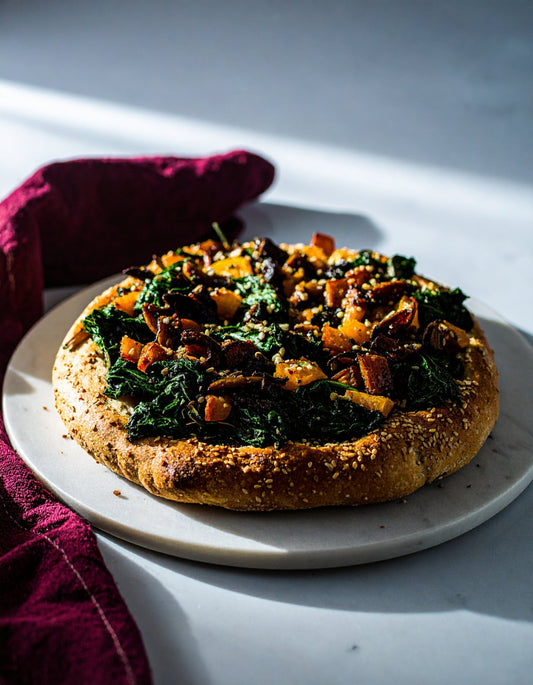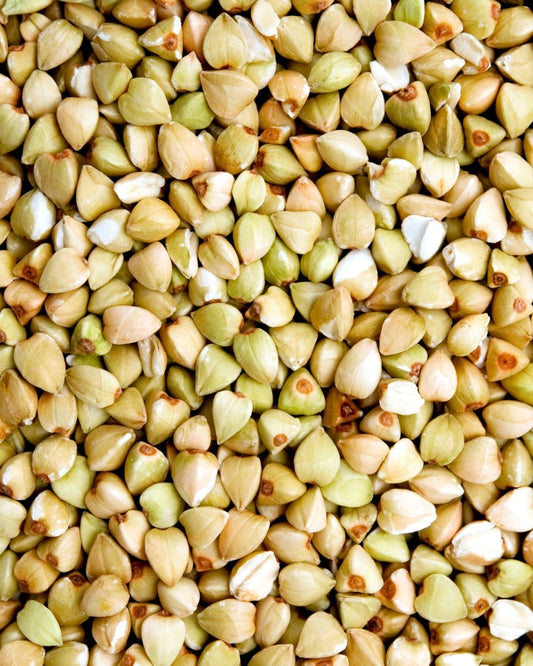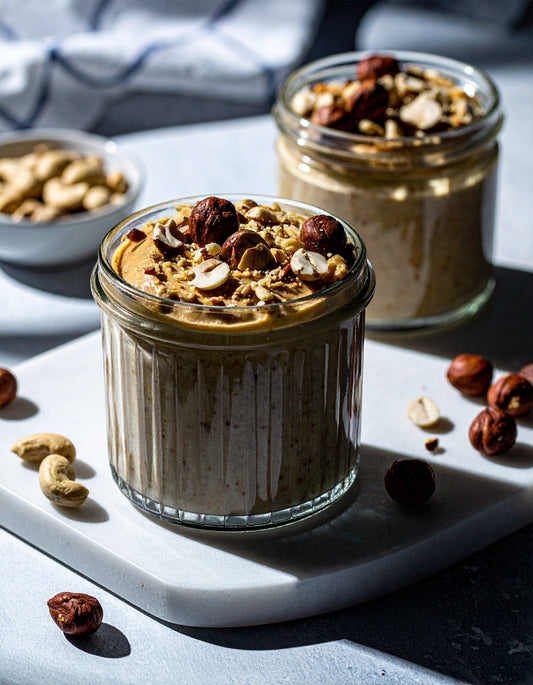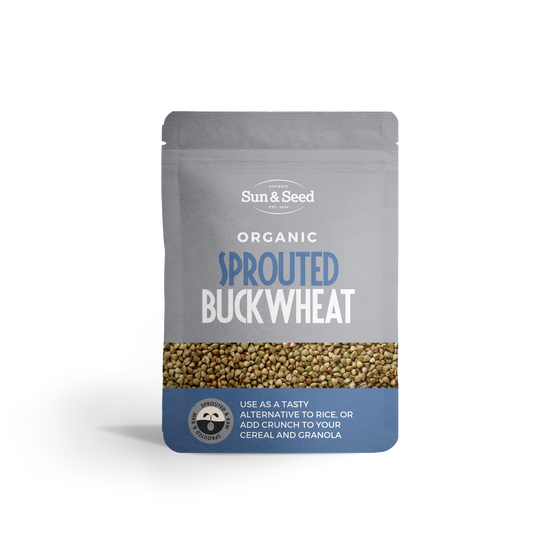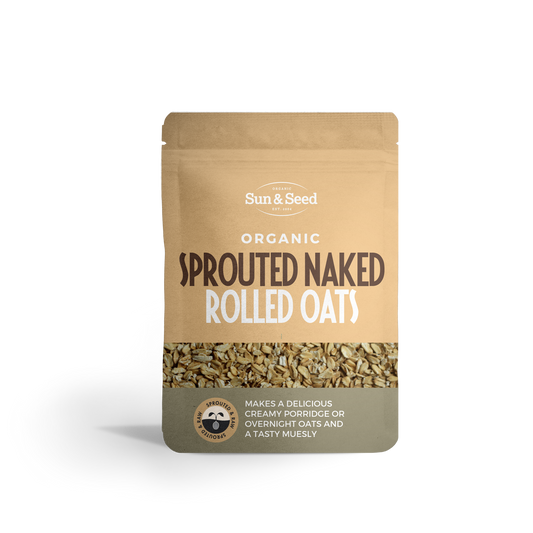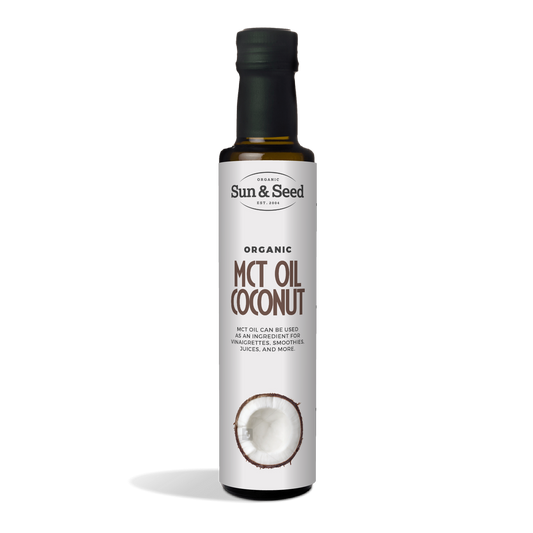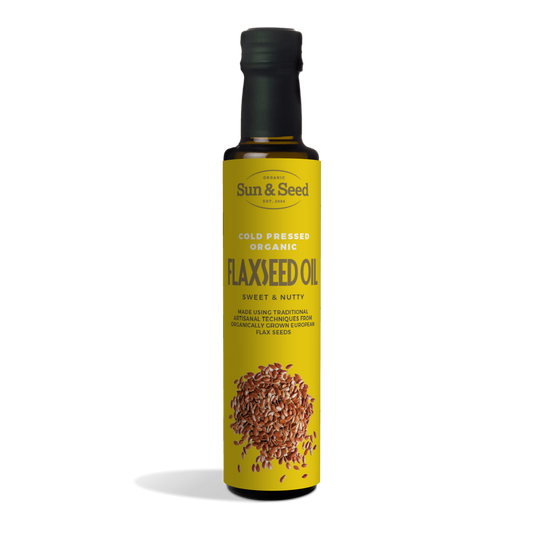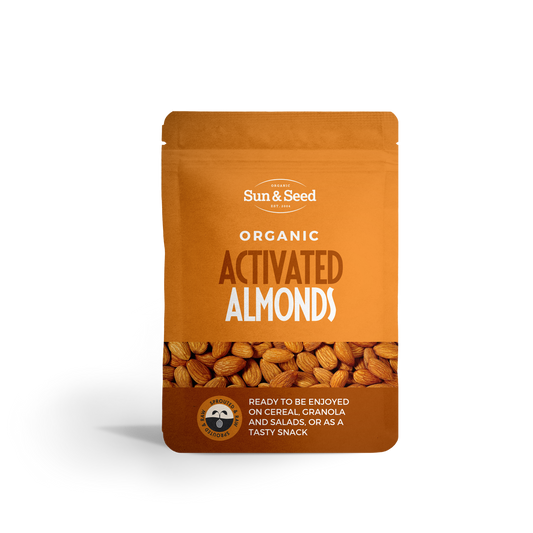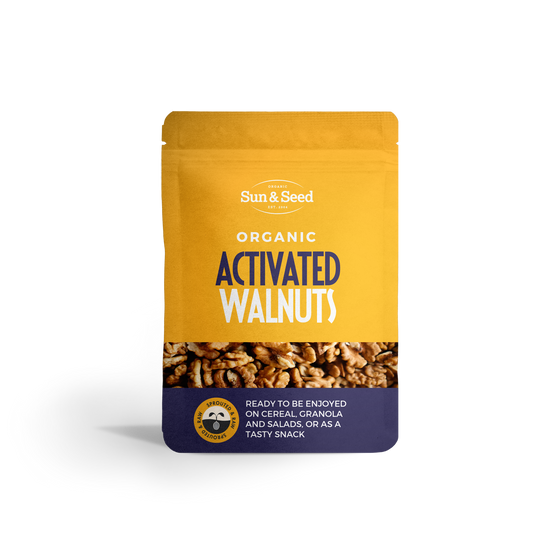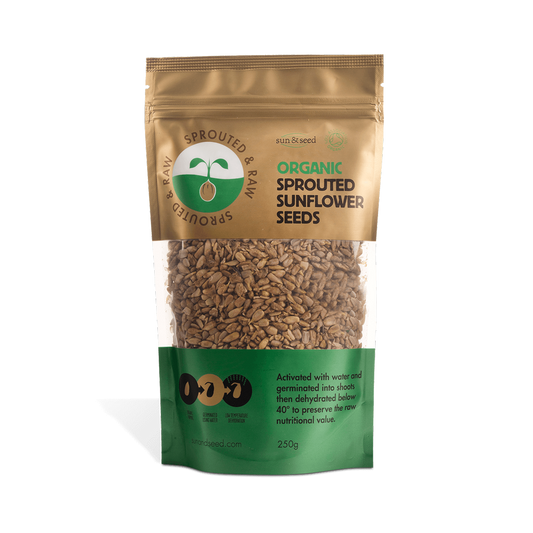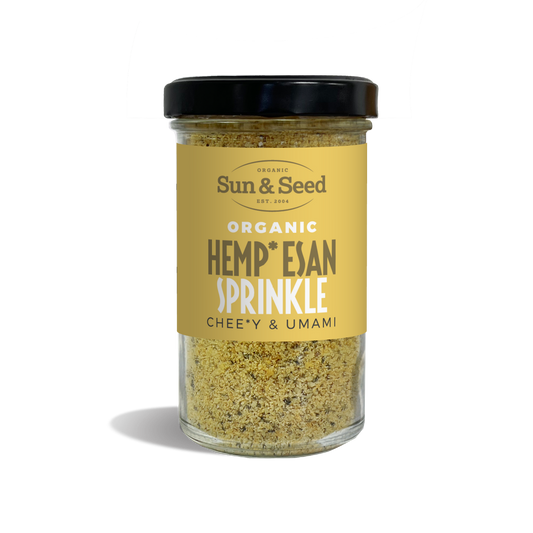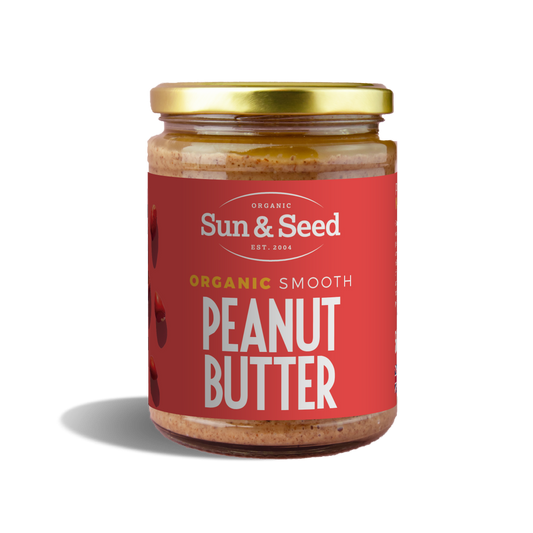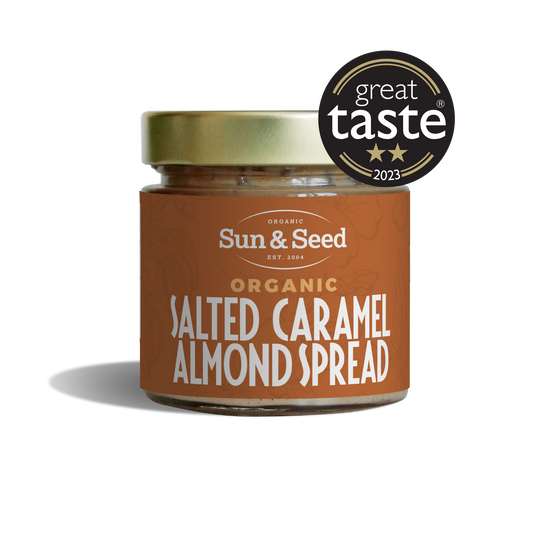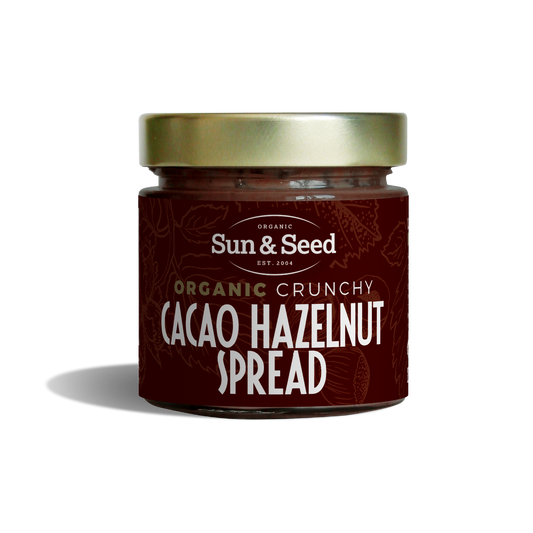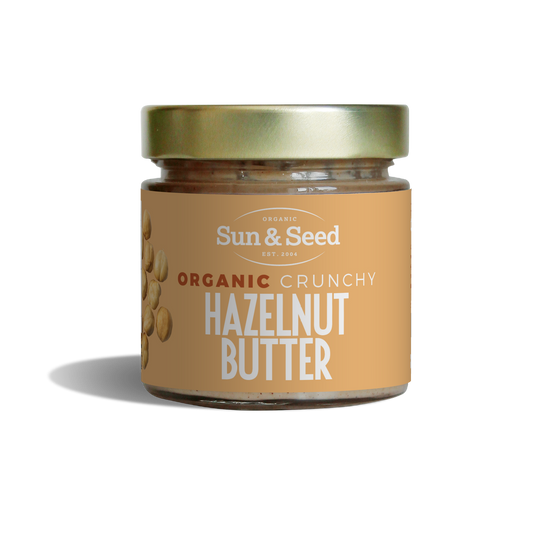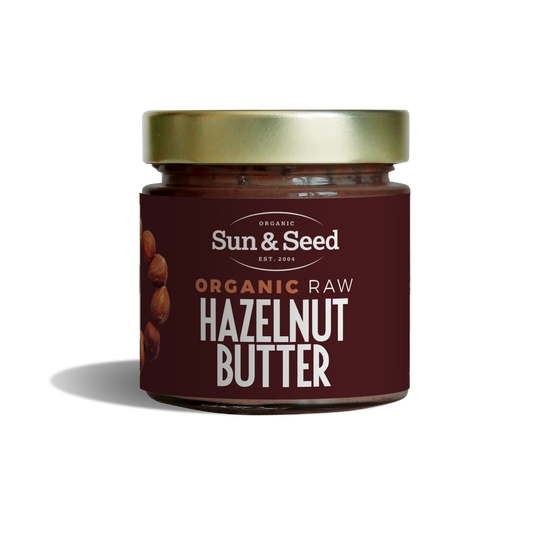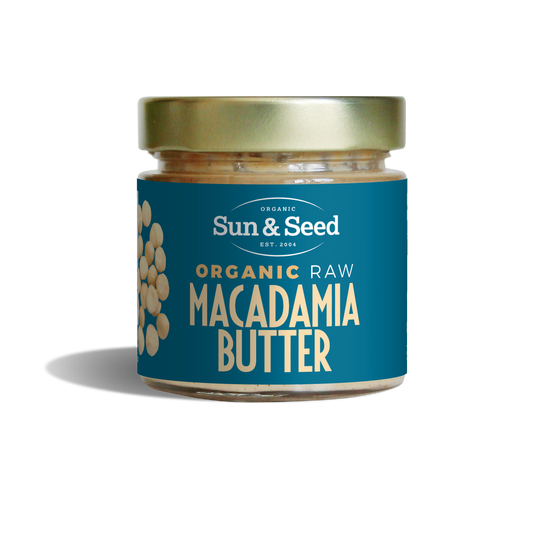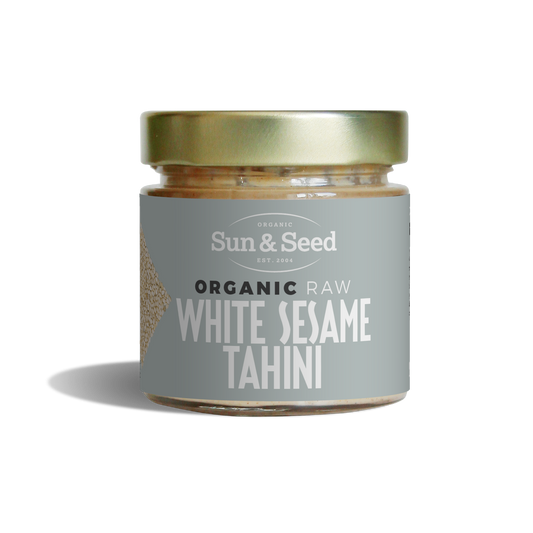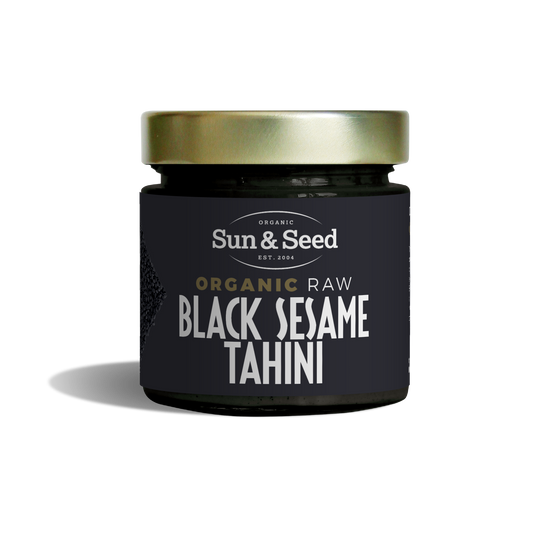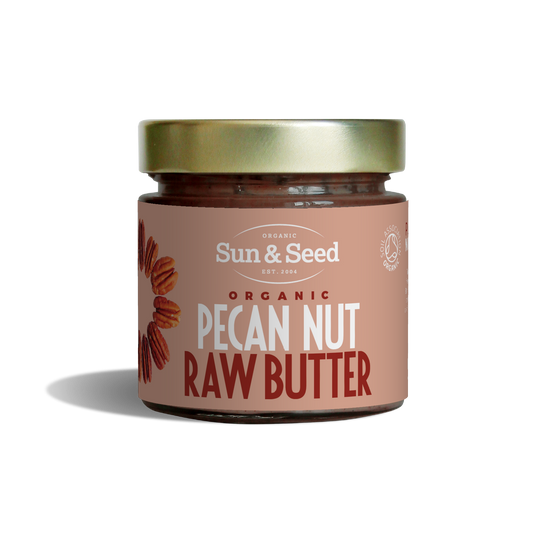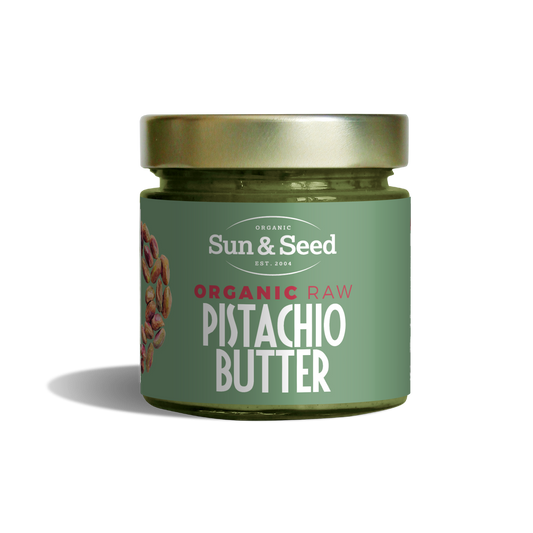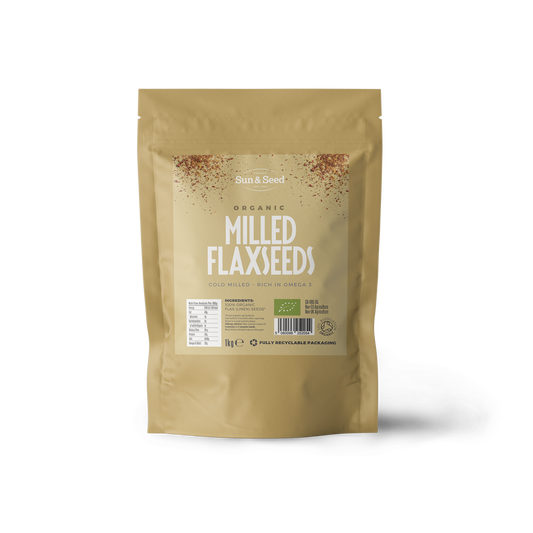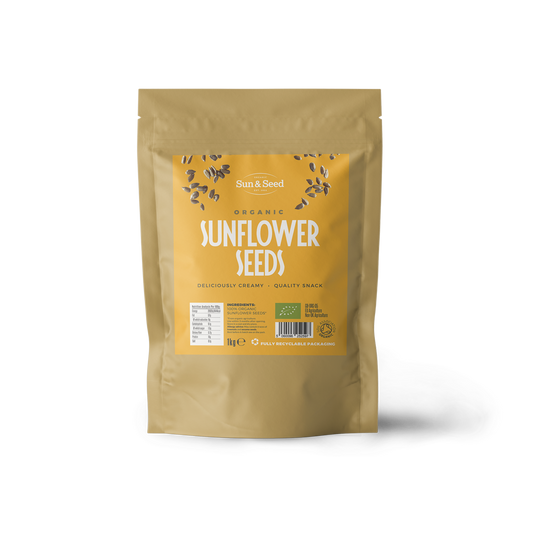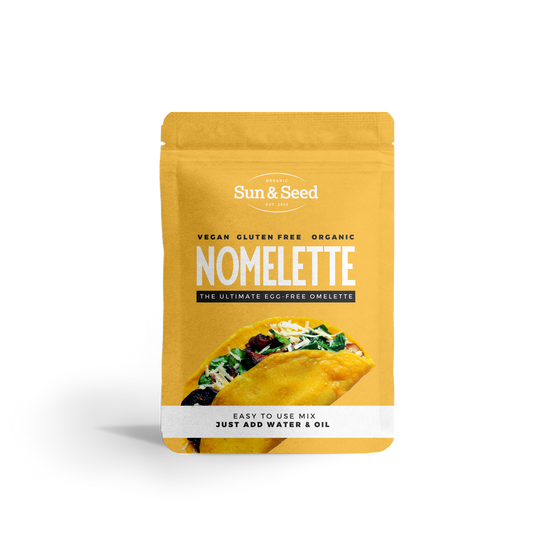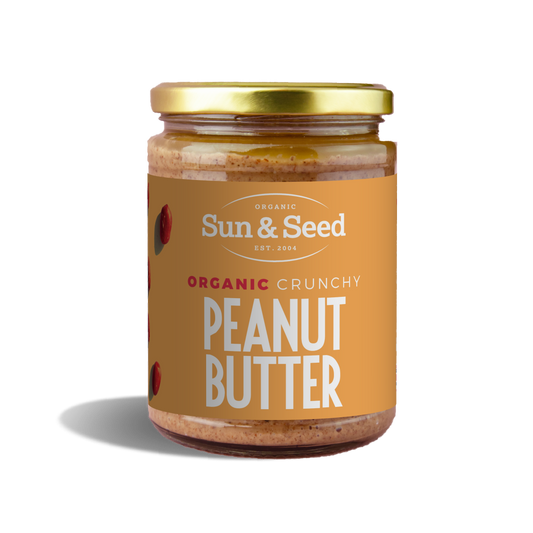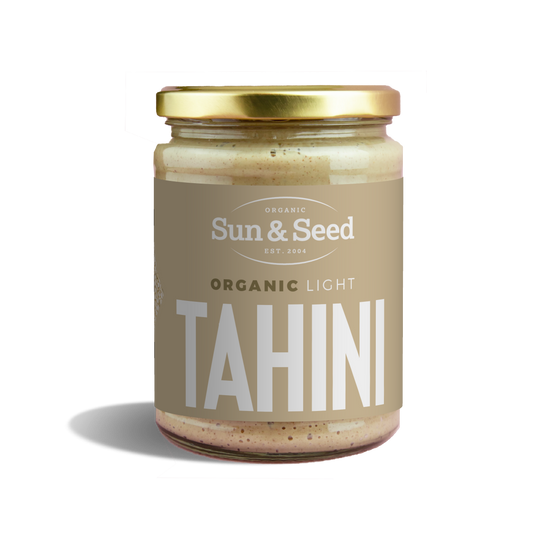 What It Is & Why It’s Special
What It Is & Why It’s Special
Despite the name, buckwheat contains no wheat at all — it’s a naturally gluten-free pseudocereal, closer to rhubarb than to rice. Inside each little pyramid-shaped seed hides a powerful mix of slow-release carbohydrates, fibre, and plant protein.
When we sprout our buckwheat, we gently soak and germinate the raw groats until they just begin to come alive. This process activates natural enzymes and makes the nutrients more accessible, while giving the grains a light, almost sweet flavour and delicate crunch.
Once sprouted, they’re slow-dried at low temperature to preserve all the goodness. The result? A beautifully versatile ingredient — light enough to sprinkle, hearty enough to cook, and satisfying enough to eat straight from the jar.

Why Sprouting Matters
Sprouting isn’t a marketing term; it’s a natural transformation backed by nutritional science.
During germination:
- Phytic acid levels drop, making minerals such as zinc and iron more bioavailable (meaning your body can actually use them).
- Digestive enzymes multiply, helping the seed become easier on the gut.
- Antioxidant compounds such as rutin and quercetin increase — both naturally present in buckwheat and studied for their cell-protective effects.
- Amino acids shift in balance, giving a more complete plant-protein profile.
Put simply, sprouting lets the seed start doing the work for you — unlocking nutrients that would otherwise stay “locked in.”
 Nutritional Highlights
Nutritional Highlights
Sprouted buckwheat is:
- Around 13 % protein, with a well-balanced amino acid profile.
- Rich in dietary fibre (about 9 g/100 g), supporting gut health and long-lasting fullness.
- Naturally low in fat (only ~3 g/100 g, mostly healthy unsaturated fats).
- A source of slow carbohydrates (about 60 %), which release energy steadily.
- Packed with magnesium, manganese, zinc, and iron, plus bioactive antioxidants like rutin.
How to Use It
Sprouted buckwheat is as adaptable as it is nutritious. You can keep it raw for crunch, cook it gently for comfort, or blend it into bakes and batters for an earthy note.
Everyday Ideas
- Breakfast Boost — Sprinkle over porridge, smoothie bowls, or fruit for instant crunch.
- Energy Snack — Mix with dried fruit and tahini for quick, fibre-rich clusters.
- Smoothie Addition — Blend a spoonful into your shake for texture and protein.
- Warm Kasha Bowl — Toast lightly, then simmer in vegetable broth for 10 minutes; finish with olive oil, lemon, and herbs.
- Seedy Crackers — Combine with milled flax, water, and salt; spread thin and bake or dehydrate until crisp.
- Granola Base — Mix with oats, nuts, and maple syrup; bake low and slow for a golden, sprouted crunch.
- Buckwheat Risotto — Swap rice for sprouted buckwheat; cook slowly with onion, stock, and a drizzle of walnut oil.
- Gluten-Free “Panko” — Blitz into coarse crumbs to coat tofu or roasted vegetables.
Pro Tips
- Keep raw for extra crunch or toast for a richer flavour.
- Don’t overcook — 8–10 minutes is plenty for a tender bite.
- Combine with sunflower or hemp seeds for complete plant protein.
- Store in a cool, dry place and reseal well; sprouted grains absorb moisture quickly.
The Takeaway
Sprouted buckwheat is proof that simple foods can be naturally sophisticated — nutrient-dense, versatile, and ready for every meal. Whether you sprinkle, simmer, or bake it, you’re eating a living seed that has already begun the journey toward growth.


